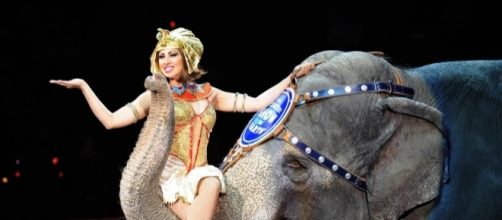The Ringling circus had its humble beginnings in 1871 as P. T. Barnum’s circus and, over the years it kept on entertaining the audience with its variety of animals, gymnasts, clowns and men who could perform daredevil tricks. The audience consisted of grownups as well as kids and survived two world wars and the threats from the radio, film and television.
However, according to New York Times, Ringling Brothers will pull down the curtains on May 21 because it finds the competition tough. The modern day world is out of sync with the circus and loves its smartphones and videogames.
Another major obstacle faced by them was the fierce opposition from activists of the animal rights groups who hated to see animals in the circus and accused the owners of ill-treatment.
How the circus lost its charm
The earnings from sale of tickets was on the decline for nearly a decade but it plummeted last year, when the elephants did their last show and left the ring forever. Ringling Brothers is owned by Feld Entertainment and it had to face legal battles over accusations by Animal Rights Groups of elephant abuse.
However, even though it won substantial money in a couple of settlements from two major animal rights groups and also overcame allegations of mistreating the animals, a powerful online campaign was a disaster and the enthusiasm for the circus went for a toss.
Funding was a major problem
Ringling Brothers circus was a massive affair with two travelling troupes. The circus train itself was nearly a two-mile long one and the strength of its work force consisted of more than 500 performers and crew members. The overheads were high with at least 100 animals to attend to from their food to well-being apart from nearly 800 costumes along with associated equipment for lighting, sound effects and props.
One can get an idea of the expense on food for the big cats. The animals are accommodated in specialized vehicles and consume the equivalent of $5,000 a week in the form of beef, chickens, cow livers and hearts.
In order to economize and adjust to the drop in the arrival of patrons, the circus cut down on the number of rings - from five rings it was initially cut down to three and, finally, to a single ring.
But, it was impossible to hold the attention of the audience and compete with modern day gadgets like cellphones, Video Games and endless on-demand entertainment. The authorities tried their best to revive interest in the culture but, it was on its death bed. Ringling faced a wall and had to accept the inevitable and prepare for the final bow because the circus had lost its attraction.

